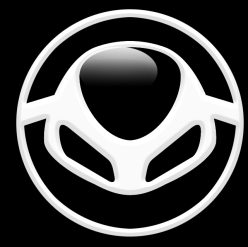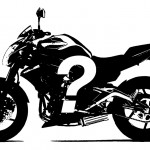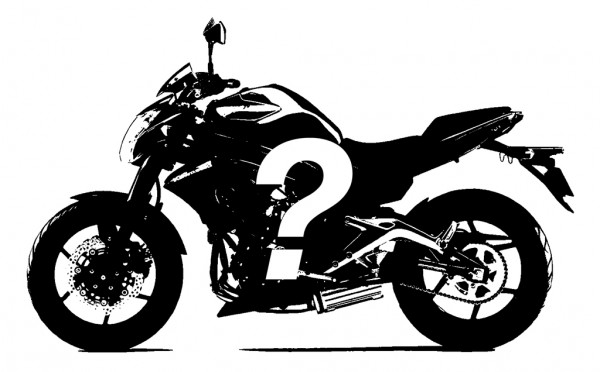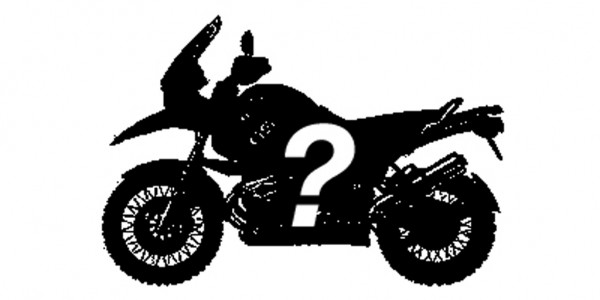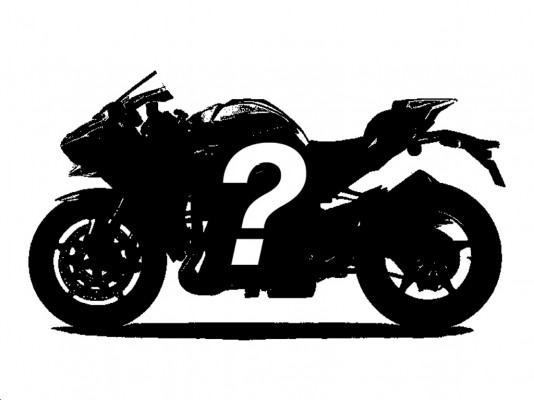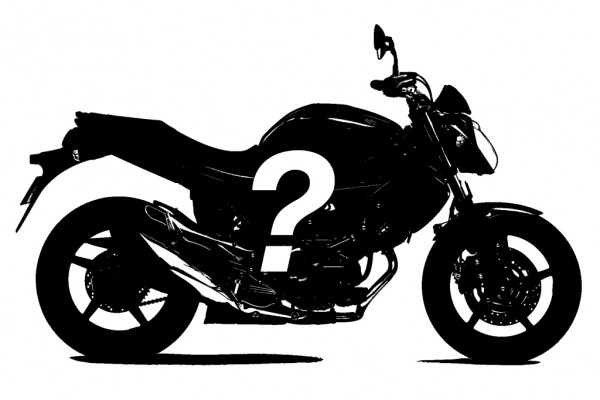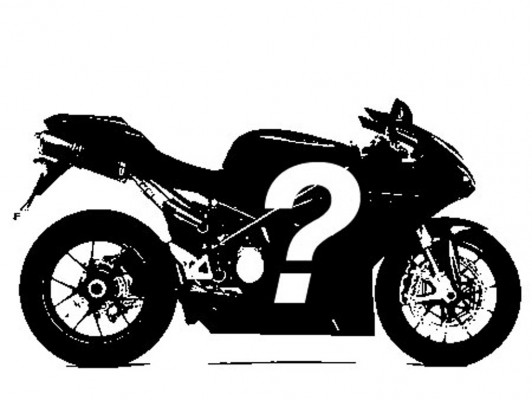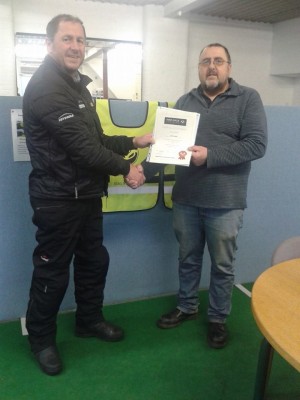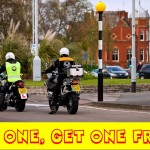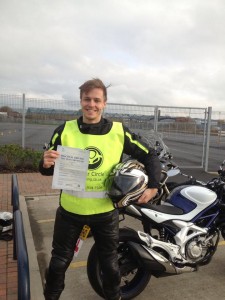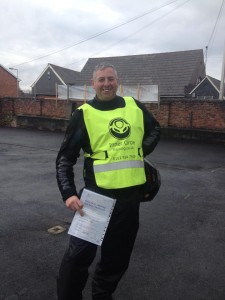As the warmth of one of the best summers for years becomes a fading memory, and the cold, wet, windy weather we are more used to at this time of year becomes the norm, it’s time to remind ourselves of some basic Winter Riding advice.
The tips below have been pulled together from many years of riding through Winter. In the past I have tried putting the bike away until Spring, but the general malaise and depression that followed an enforced time away from riding means these days I ride all year round. In fact, I enjoy riding in Winter almost as much as during the summer, but for completely different reasons. In summer, it’s easy. In winter, it’s a challenge. And I like a challenge!
So here’s a few of my top tips for riding in winter. Feel free to comment and suggest your own. If you’d like someone to ride with during the winter to improve your confidence, join us on our monthly Ride Out or give us a call about some Individual Personal Training. You’ll be amazed how much you can enjoy riding when everyone else is tucked up warm and dry!
Look after #1 – stay warm and dry
This is, of course, easier said than done when the weather is at its worst. But it is not impossible with a little practice. The first rule is to layer up – several thin layers of clothing are much warmer than one thick layer and will be less restrictive too. Avoid cotton clothing as this gets cold and wet when you get warm and sweaty. Good quality base layers and mid-layers from an outdoors shop are ideal. Your outer layer should be both water and wind proof. Ensure you get fully dressed and all zips, etc are done up before leaving the house, or you’ll find the rain gets in before you even get started!
And if you’ve not yet discovered the joys of heated grips now is the time. They are simply fantastic! Electrically-heated clothing can also make a real difference to the enjoyment of being out on a really cold day!
Look after #2 – the bike!
When it’s miserable outside and you’ve just got home from the daily commute, it’s tempting to just shove the bike in the garage and head into the warmth. Then when you are ready to face the journey to work the following day, to just get the bike out and go. Don’t. The winter roads are covered in salt and grime and by the time spring comes your pride and joy will be a heap of rust. There are a couple of things you can do to help prevent this – the best by far is to use the services of All Year Biker to clean your bike and coat it in ACF50 anti-corrosion stuff. But even just rinsing the bike off every day before you put it away will make a big difference. Make sure your lights, reflectors and mirrors are clean too.
Also, remember that you still need to perform your regular pre-ride and weekly checks too. Ensure your chain is cleaned and lubricated regularly and that you check your tyre pressures and condition too. It’s all too easy to neglect the basic checks, but remember, a breakdown on a cold, wet, windy winter’s evening will be much worse than a few minutes spent checking your bike!
Ride Smooth, Stay Safe!
It goes without saying that there is less grip on the roads when they are cold and wet than when they are warm and dry. However, except for when there is ice or snow, there is still enough grip to ride so long as you are smooth with the controls. Remember that everything you do on the bike – accelerate, brake or corner – goes through the tiny contact patch between your tyres and the road surface, so treat that contact patch with care. Practice accelerating smoothly, braking gently and cornering with less aggression than in the summer – ride more relaxed. This will require planning further ahead – a skill that’s well worth developing as it will make you much safer all year round…
Plan further ahead – and keep your distance!
As above, riding smoothly is essential and this requires planning further ahead. Which in turn requires you to be able to see further ahead. Increase the distance between yourself and the vehicle in front and you’ll be astonished at how much more relaxed and smoother your riding becomes. And with that extra distance comes increased safety should you need to stop or take avoiding action.
Plan where you’re riding – watch the road surface!
Look at where you are going to be riding – what is the road surface like? Is it dull or shiny? Wet or dry? The general rule is that wet and shiny surfaces have less grip than dull, dry ones. Think wet manhole covers, dead rainbows (diesel spills), wet road markings, and even black ice. All are shiny. Try and plan where your tyres will go so that you avoid having to brake or corner on the worst surfaces, modifying your position in the road if necessary (checking it’s safe to do so first, obviously!). If you can’t avoid riding over a low-grip surface, ensure that any accelerating, braking or cornering you do is done so smoothly.
Know when to take the bus!
There are conditions when riding a motorcycle is tantamount to stupidity. When riding becomes a lottery, rather than a test of riding skill, and when it is likely other road users may lose control and cause you to have an accident. If there is snow lying on the ground, or falling blizzard-style, then riding is probably not a great idea. Even if you can stay upright and on course, it’s likely that other vehicles will be out of control and could easily take you out. Similarly, when it’s below freezing and the roads are icy, then it’s safest to leave the bike at home – we won’t train (even at advanced level) when it’s below freezing. If it’s icy, we won’t ride ourselves, either.
Stay visible!
It may not seem obvious, but most motorcycle clothing is camouflage. It’s the colour of tarmac. Now I don’t want to get into a debate about high-viz, but this seems odd to me. I would expect most motorcyclists would prefer it if car drivers could see them (yes, I know it would help if they looked!). In winter, it stays dark late and gets dark early. So most riders are riding in the dark at some stage, and whilst they ride with their lights on, this doesn’t help if they are parted from their bike as a consequence of a minor spill. Lying in the road in the dark wearing dark clothing is a great way to get run over. So think about wearing something that makes you a bit more visible and would help if you were unfortunate enough to get caught out by a change in road surface. Highly reflective clothing makes sense in the dark, and if you worry about what other bikers think of you, don’t. The ones that hate High Viz only ride in the summer, and you’re a real biker as you ride all year round!
